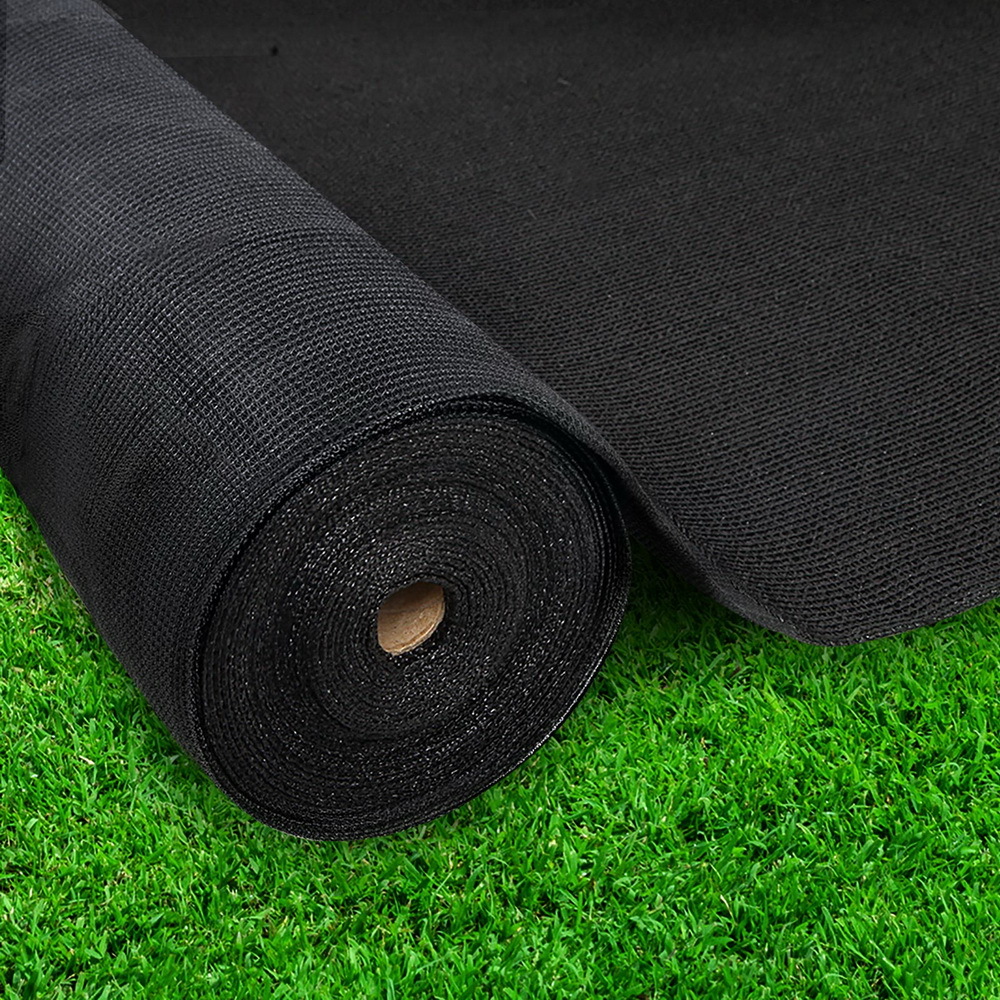What to Use for Shade Cloth in Garden
Gardening can be a rewarding and relaxing hobby, but the intense sun can sometimes be a bit too much for our plants. That's where shade cloth comes in. Shade cloth helps protect your plants from excessive sunlight, allowing them to thrive even in the hottest months. But with so many options available, it can be tricky to choose the right one for your garden. Let's explore what to use for shade cloth in your garden and how to make the best choice.

1. Understanding Shade Cloth
Shade cloth is a woven or knitted fabric made from various materials such as polyester or polyethylene. Its primary function is to provide shade and reduce the amount of sunlight reaching your plants, protecting them from heat stress and sunburn. The cloth comes in different densities, known as shade percentages, which indicate how much sunlight it blocks.
2. Types of Shade Cloth Materials
When choosing shade cloth for your garden, you’ll encounter different materials, each with its own advantages:
- Polyethylene: Durable, lightweight, and resistant to UV rays. It's a popular choice for both home gardeners and commercial growers.
- Polypropylene: Similar to polyethylene but slightly less durable. It's an affordable option for temporary shading needs.
- Aluminet: A reflective cloth that not only provides shade but also reduces heat. It's excellent for hot climates where heat reduction is crucial.
3. Choosing the Right Shade Percentage
Shade cloth comes in various percentages, typically ranging from 30% to 90%. The percentage indicates the amount of sunlight blocked:
- 30% to 50%: Ideal for plants that need a lot of sunlight but still require some protection from the harshest rays. Perfect for vegetables like tomatoes and peppers.
- 60% to 70%: Suitable for more delicate plants that need moderate protection. Great for lettuces, spinach, and other leafy greens.
- 80% to 90%: Best for very sensitive plants or areas where you need significant reduction in light and heat. Useful for ferns and orchids, or for creating shaded sitting areas in your garden.
4. Installation Tips
Installing shade cloth properly is crucial for its effectiveness. Here are some tips:
- Measure Carefully: Ensure you get the right size for your garden area. It's better to have a little extra than to come up short.
- Secure Properly: Use sturdy poles, stakes, or frames to secure the cloth. Make sure it's taut to prevent sagging and wind damage.
- Consider Mobility: If possible, create a setup that allows you to adjust or remove the shade cloth as needed. This is especially useful for seasonal changes.
5. Maintenance and Care
To get the most out of your shade cloth, regular maintenance is key:
- Clean Periodically: Dust and debris can accumulate, reducing effectiveness. Hose down or gently scrub the cloth as needed.
- Inspect for Damage: Check for tears or wear, especially after storms. Repair or replace damaged sections promptly.
- Store Properly: If you remove the shade cloth during off-seasons, store it in a dry, cool place to prolong its life.
6. Conclusion
Choosing the right shade cloth for your garden involves understanding the needs of your plants and the specific conditions of your garden. By selecting the appropriate material, shade percentage, and installing it correctly, you can ensure your plants stay healthy and productive throughout the growing season. Happy gardening!

